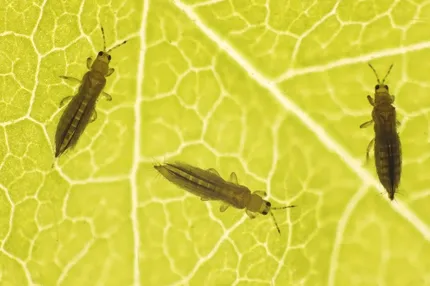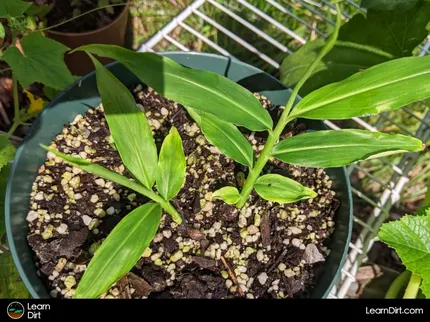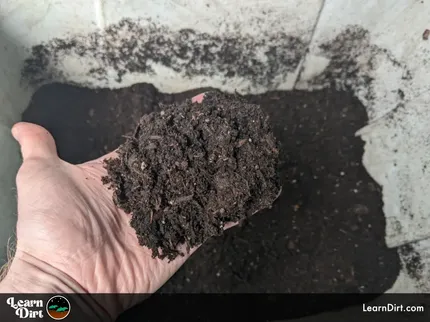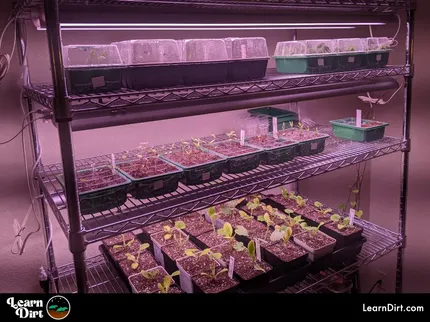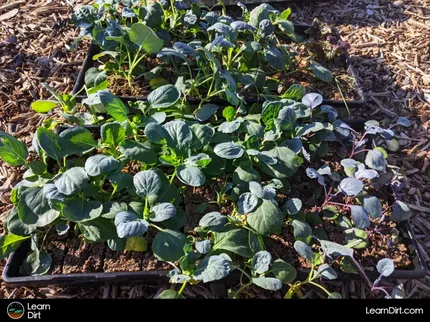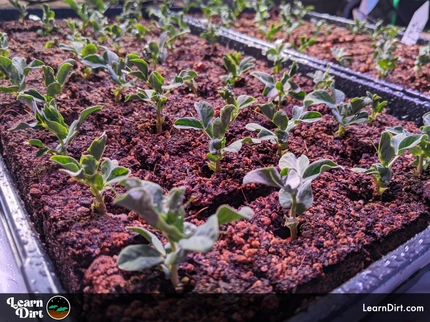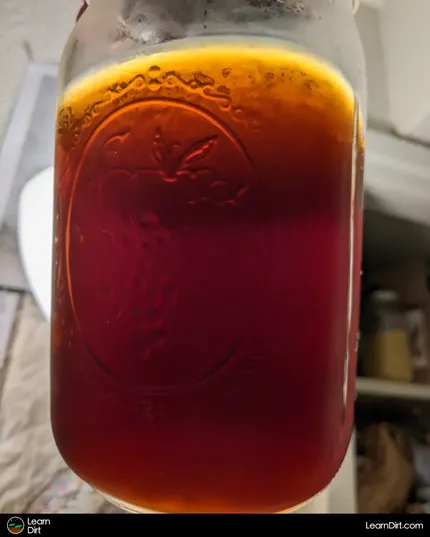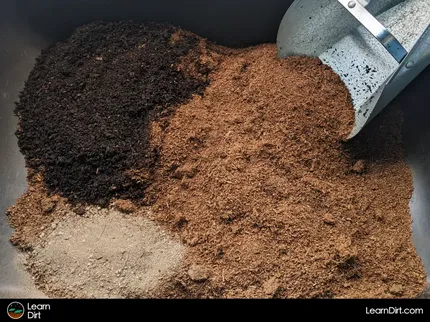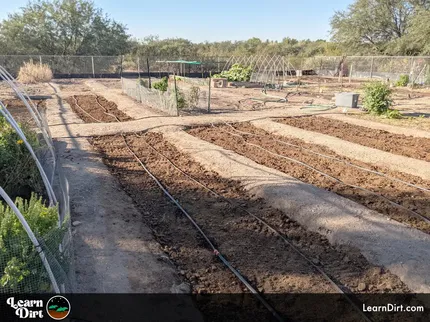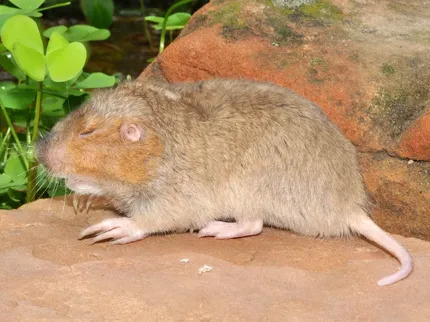Table of Contents
- Why Do Plants Need Nitrogen?
- What Happens When Plants Don't Get Enough Nitrogen?
- What Does Nitrogen Deficiency Look Like?
- Nitrogen Deficiency Causes
- How To Correct Nitrogen Deficiency
- Avoiding Nitrogen Deficiency in the Future
* Our articles never contain AI-generated slop *
We're looking at nitrogen deficiency in plants - what it looks like, how to identify it, and what to do about it.

This article is part of a series on Diagnosing Plant Issues.
Why Do Plants Need Nitrogen?
As the most-important of the primary macronutrients that plants need, nitrogen (N) is a critical element for plant growth and development.
Disclaimer: This post may contain affiliate links. Refer to the privacy policy for more information.
Nitrogen deficiencies are very common for growers to experience, because it's easy to underestimate just how much nitrogen plants truly need. Hint: it's probably a lot more than you think!
N is responsible for everything from vegetative growth, to chlorophyll production, to amino acids, DNA, RNA, and enzyme production. Needless to say, without enough of it your plants are NOT going to be live/laugh/loving their lives.
What Happens When Plants Don't Get Enough Nitrogen?
Without enough nitrogen, plants don't have what they need to produce enough new leaves and the chlorophyll necessary to support photosynthesis.
With reduced rates of foliage production and photosynthesis, plants may become stunted and easily overtaken by pests.
Growth will eventually stop completely if accessible nitrogen levels drop low enough. Not good.
What Does Nitrogen Deficiency Look Like?
Nitrogen deficiency presents in a number of ways, including:
Join The Grower's Community
Looking for a place to meet growers,
ask questions, share knowledge, be heard,
and feel like you belong? 🌱
Check It Out!
- Chlorosis (yellowing) of older leaves
- New leaves small and pale
- Reduced growth of new leaves
- Thin stems
Nitrogen deficiency may appear similar to some other plant issues, so perform a soil test to be certain it's the issue.
Also check out the following issues which present similarly to rule these out:
- Overwatering
- Iron Deficiency
- Sulfur Deficiency
- Magnesium Deficiency
Nitrogen Deficiency Causes
Many growers simply underestimate the sheer volume of nitrogen required in their soil.
I've heard concerns from gardeners that they don't want to overdo the N, however this is a very difficult thing to achieve in an organic system using solid nitrogen sources. (synthetic environments are a different story, see nitrogen toxicity for details).
This is akin to those who mistakenly assume that if they ever lifted heavy weights in the gym, they would accidentally end up "too muscular" all of a sudden, discounting completely the enormous volume of work required to achieve a result like that.
In reality, you'll likely never have to worry about adding too much nitrogen to your garden of farm if your sources are solid and organic - as they'll break down at a slow, sustainable rate.
It is theoretically possible to overdo it, but is extremely difficult in practice.
Cold Soil
When soil temperature drops, nitrogen uptake rate is reduced. Even when enough nitrogen is present in the soil, symptoms of nitrogen deficiency may appear when soils are very cold or frozen and growth rates slow to a crawl.
Compacted Soil
Heavily-compacted soil can severely impede plant root development as well as access to water and aeration.
Be sure that your soil structure is capable of growing the plants you intend to, and improve soil structure first if needed.
How To Correct Nitrogen Deficiency
A few great organic solutions to nitrogen deficiency:
- Alfalfa Hay (as mulch)
- Alfalfa Meal
- Bat Guano
- Blood Meal
- Coffee Grounds
- Compost
- Compost Tea
- Crab Meal
- Cottonseed Meal
- Feather Meal
- Fermented Plant Juice (FPJ)
- Fish Emulsion
- Fish Meal
- Kelp Meal
- Manure
- Nitrogen-Fixing Cover Crops
- Seabird Guano
- Shrimp Meal
- Worm Castings
- Worm Tea
Avoiding Nitrogen Deficiency in the Future
Now that you've identified a nitrogen deficiency and how to resolve it, it's important to take proactive steps to ensure that you avoid running into it again in the future.
This really comes down to adding nitrogen to your soil faster than it's lost.
We've talked about some great sources of nitrogen already which you can add to your garden.
It's also impartant to look at the other side of the coin - nitrogen outputs where your garden or farm loses nitrogen, and do what you can to stymie the outflows.
For this, you'll want to understand The Nitrogen Cycle, specifically paying attention to the outputs through which N is lost.
If you can increase your nitrogen inputs, and reduce your nitrogen outflows, you'll be able to achieve a net-positive N in your soil which will prevent any future deficiencies of this crucial nutrient.
That's all for now, thanks for reading!
If you have any questions, comments, or would like to connect with fellow gardeners, head on over to the forum and post there.

![Don't Till Away Your Carbon [Taffy]](/media/product_images/dont-till-away-your-carbon-[taffy]_sticker_260x260.png)

![Black Dirt Live Again [Blue]](/media/product_images/black-dirt-live-again-[blue]_shirt_260x260.png)
